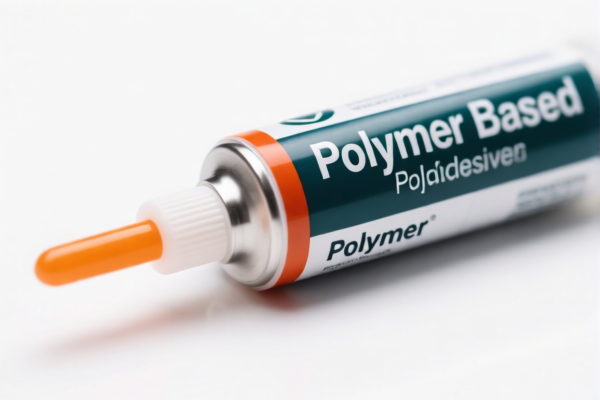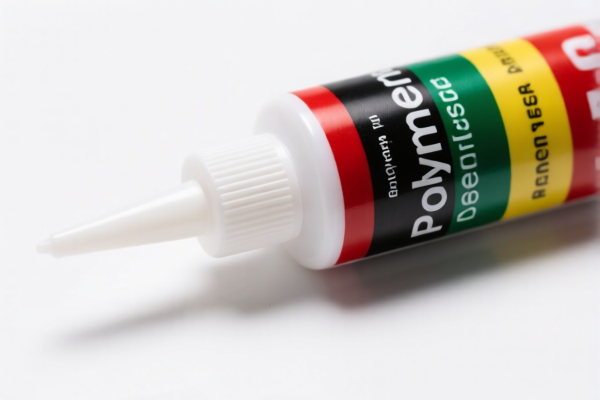| HS Code | Official Doc | Tariff Rate | Origin | Destination | Effective Date |
|---|---|---|---|---|---|
| 8310000000 | Doc | 55.0% | CN | US | 2025-05-12 |
| 9405612000 | Doc | 60.7% | CN | US | 2025-05-12 |
| 9405614000 | Doc | 61.0% | CN | US | 2025-05-12 |
| 8304000000 | Doc | 33.9% | CN | US | 2025-05-12 |
| 8486300000 | Doc | 45.0% | CN | US | 2025-05-12 |
| 8486900000 | Doc | 70.0% | CN | US | 2025-05-12 |
| 8524111000 | Doc | 45.0% | CN | US | 2025-05-12 |
| 8524120000 | Doc | 45.0% | CN | US | 2025-05-12 |
| 8529905500 | Doc | 55.0% | CN | US | 2025-05-12 |
| 8529900500 | Doc | 55.0% | CN | US | 2025-05-12 |
| 8537108000 | Doc | 55.0% | CN | US | 2025-05-12 |
| 8537109170 | Doc | 57.7% | CN | US | 2025-05-12 |
| 8535904000 | Doc | 57.7% | CN | US | 2025-05-12 |
| 8535908060 | Doc | 57.7% | CN | US | 2025-05-12 |
| 8538100000 | Doc | 80.0% | CN | US | 2025-05-12 |
| 8538906000 | Doc | 58.5% | CN | US | 2025-05-12 |
| 9023000000 | Doc | 37.5% | CN | US | 2025-05-12 |




Display Board
A display board is a visual tool used to present information in a structured and engaging manner. These boards serve a wide range of purposes, from educational presentations to commercial advertising and personal organization.
Materials
Display boards are constructed from a variety of materials, each offering different characteristics in terms of durability, portability, and cost:
- Cardboard: The most common and affordable option, often used for temporary displays like science fair projects or event signage. Lightweight but less durable.
- Foam Board: Offers a smoother surface and greater rigidity than cardboard. Suitable for presentations, posters, and craft projects. Available in various thicknesses.
- Cork Board: Traditional material with a textured surface ideal for pinning up notes, images, and documents. Commonly used in offices, classrooms, and homes.
- Whiteboard: Smooth, non-porous surface designed for use with dry-erase markers. Reusable and suitable for brainstorming, teaching, and collaborative work.
- Acrylic/Plexiglass: Durable and transparent material offering a professional look. Often used for retail displays, museum exhibits, and high-end presentations.
- Metal: Provides a robust and long-lasting surface, often used for permanent signage, information boards, and notice boards.
Purpose & Function
The primary function of a display board is to communicate information visually. This is achieved through the arrangement of text, images, graphics, and other media. Key purposes include:
- Presentations: Delivering information to an audience in a clear and concise format (e.g., school projects, business pitches).
- Education: Facilitating learning through visual aids and interactive displays.
- Advertising & Promotion: Showcasing products, services, or events to attract customers.
- Organization & Communication: Providing a central location for important notices, schedules, or reminders.
- Exhibitions & Trade Shows: Presenting company information, products, and branding to potential clients and partners.
Usage Scenarios
Display boards are utilized across a broad spectrum of settings:
- Schools & Universities: Science fairs, project presentations, classroom learning aids, student artwork displays.
- Offices & Workplaces: Meeting presentations, project updates, company announcements, organizational charts.
- Retail Environments: Product promotions, sales announcements, store layouts, customer information.
- Events & Conferences: Event schedules, speaker information, sponsor recognition, directional signage.
- Museums & Galleries: Exhibit information, artist biographies, historical context.
- Homes: Family photo displays, chore charts, inspirational boards, personal organization.
Common Types
- Tri-Fold Display Board: A classic design consisting of three panels hinged together, providing a portable and self-standing display surface. Most common for school projects and presentations.
- Quad-Fold Display Board: Similar to a tri-fold, but with four panels, offering more display space.
- Poster Board: A simple, flat sheet of cardboard or foam board used for creating posters or large-format visuals.
- Cork Bulletin Board: A board covered in cork, designed for pinning up notes and documents. Available in various sizes and styles.
- Whiteboard/Dry-Erase Board: A reusable board for writing and drawing with dry-erase markers.
- Magnetic Board: A board with a magnetic surface for displaying magnets, photos, and other magnetic materials.
- Vision Board: A board used to create a visual representation of goals, dreams, and aspirations.
- Retail Display Board: Often custom-designed boards used to showcase products and promotions in retail settings.
Based on the provided information, “display board” can potentially fall under several HS code classifications, depending on its specific characteristics and function. Here's a breakdown of relevant HS codes:
-
8524111000: Flat panel display modules, whether or not incorporating touch-sensitive screens: Without drivers or controls circuits Of liquid crystals: Flat panel display modules, other than flat panel display modules for articles of subheadings 8528.59, 8528.69, 8528.72 and 8528.73. This code applies to liquid crystal flat panel display modules without integrated drivers or control circuits, excluding those specifically for certain other articles.
- Chapter 85: Electrical machinery and equipment.
- Heading 8524: Flat panel display modules.
- Subheading 852411: Without drivers or controls circuits, of liquid crystals.
-
8524120000: Flat panel display modules, whether or not incorporating touch-sensitive screens: Without drivers or controls circuits Of organic light-emitting diodes (OLED). This code is for OLED flat panel display modules without drivers or control circuits.
- Chapter 85: Electrical machinery and equipment.
- Heading 8524: Flat panel display modules.
- Subheading 852412: Without drivers or controls circuits, of organic light-emitting diodes (OLED).
-
8537108000: Boards, panels, consoles, desks, cabinets and other bases, equipped with two or more apparatus of heading 8535 or 8536, for electric control or the distribution of electricity, including those incorporating instruments or apparatus of chapter 90, and numerical control apparatus, other than switching apparatus of heading 8517: For a voltage not exceeding
1,000 V : Other: Touch-sensitive data input devices (so-called "touch screens") without display capabilities, for incorporation into apparatus having a display, which function by detecting the presence and location of a touch within the display area (such sensing may be obtained by means of resistance, electrostatic capacity, acoustic pulse recognition, infra-red lights or other touch-sensitive technology). This code applies to touch-sensitive data input devices (touch screens) without display capabilities, designed for integration into devices with a display, operating at voltages of 1,000V or less.- Chapter 85: Electrical machinery and equipment.
- Heading 8537: Boards, panels, consoles, desks, cabinets, etc.
- Subheading 853710: For a voltage not exceeding 1,000 V, other.
-
9023000000: Instruments, apparatus and models, designed for demonstrational purposes (for example, in education or exhibitions), unsuitable for other uses, and parts and accessories thereof. This code is applicable if the display board is specifically designed for demonstration, education, or exhibition purposes and is not suitable for other practical applications.
- Chapter 90: Instruments and apparatus for measuring, checking, testing, navigating and controlling.
- Heading 9023: Instruments, apparatus and models for demonstrational purposes.
Important Note: Regarding HS code 8537108000, the description specifically mentions "touch screens without display capabilities." If the board includes a display, this code may not be appropriate.
Proactive Suggestion: If the display board is intended for use in color television receivers and comprises printed circuit boards with assembled components, HS code 8529900500 may be relevant. Please note the requirement to verify if the components are enumerated in additional U.S. note 4 to this chapter.
Customer Reviews
No reviews yet.